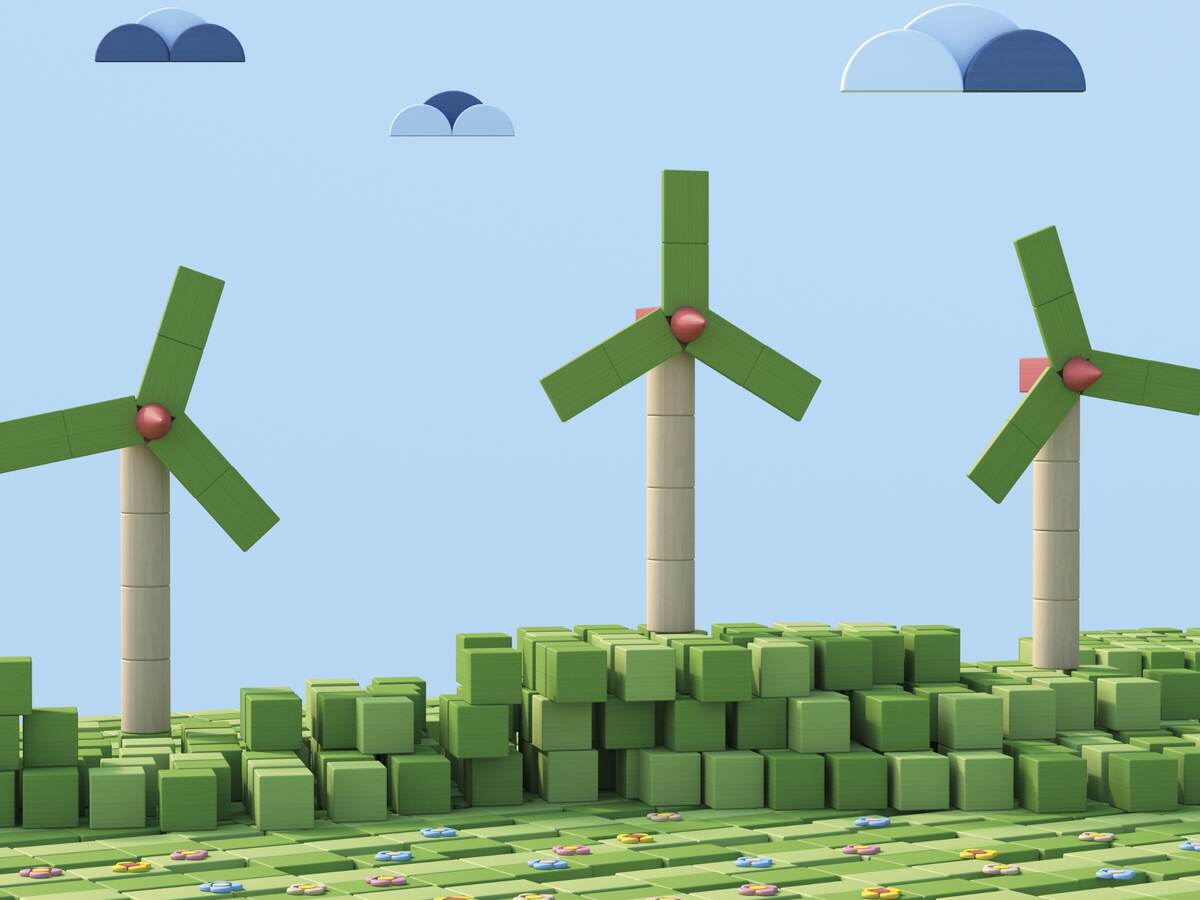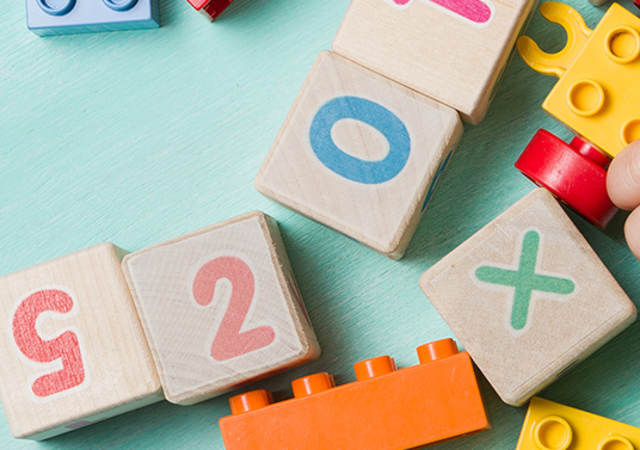January 5, 2022
The pressure is on for toy manufacturers to get serious about sustainability. According to the UN Development Programme’s “People’s Climate Vote,” two-thirds of the more than one million individuals surveyed believe that climate change is a global emergency. While toy companies can pursue many individual initiatives to improve sustainability, UL recommends three strategies for making stepwise advancements that demonstrate commitment to meaningful change.
- Shift to circularity: While single-attribute certifications demonstrate superior sustainability performance in target areas, shifting to a circular business model ensures greater sustainability on a larger scale. Circularity considers the product's environmental performance, the manufacturing facility and the enterprise. From models that build repairable toys to extend product life to value propositions that consider renting instead of ownership, the potential is endless for companies willing to explore circular business models. Circular product development choices can also have carbon emission benefits.1
- Strategically select materials: Material selection is critical because it has a ripple effect throughout the entire lifecycle of the product. The harvest of some raw materials may trigger social impacts. Products may generate landfill waste at end of life if they are not reusable, recyclable or compostable. Other raw materials may pose health or safety hazards to children. Make a prioritized list of attributes and then verify raw material performance to make a fully informed material selection decision.
- Evaluate the entire supply chain: While measuring Scope 1 direct carbon emissions associated with manufacturing plants and office spaces is an excellent place to start, increasingly, companies are responsible for tracking Scope 2 and 3 emissions, which are those generated indirectly during manufacturing, packing, transport, use and disposal. Companies that want to truly understand their carbon footprint should work to achieve supply chain transparency.
How UL can help
UL offers a range of services to support toy brands, retailers and manufacturers on their journey to advanced sustainability. Advisory services can evaluate the path to regulatory compliance. Enterprise software can consolidate complex information on carbon emissions from across the supply chain. UL’s Environmental Claim Validation program provides third-party assessment that product sustainability meets the stated environmental requirements, such as the percentage of recycled or biobased content. UL’s packaging testing helps ensure the security of goods during transport to reduce product loss, reshipment and packaging waste minimization.
1https://ellenmacarthurfoundation.org/topics/climate/overview
Get connected with our sales team
Thanks for your interest in our products and services. Let's collect some information so we can connect you with the right person.



